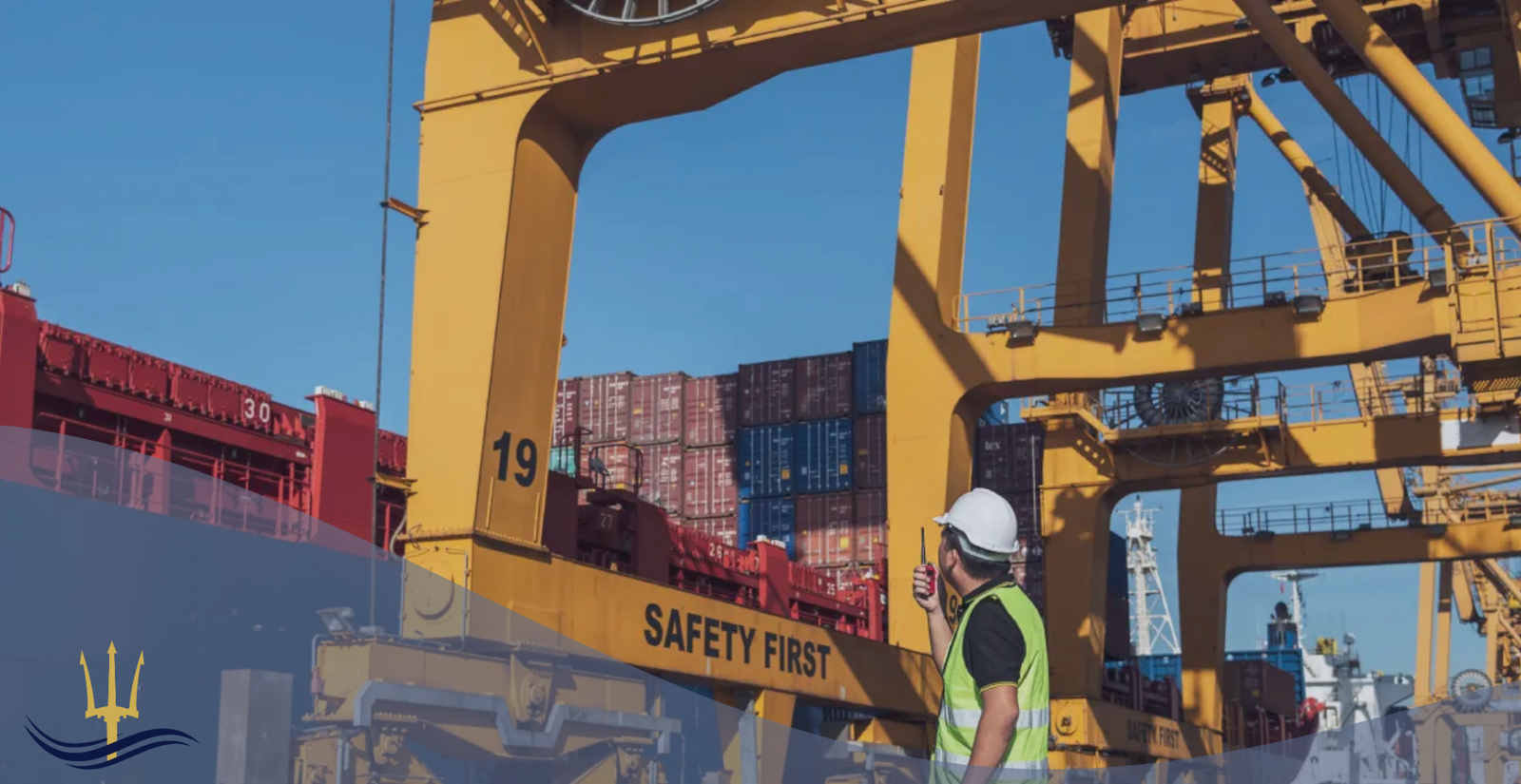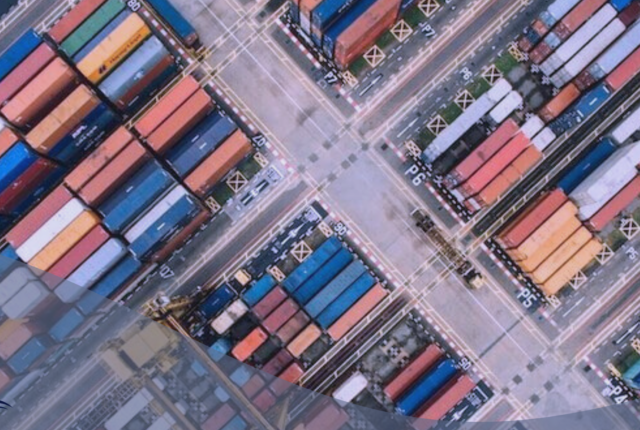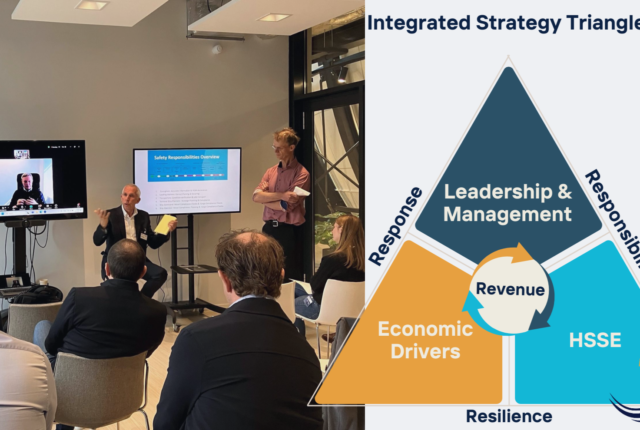
How to Manage Safety in Ports & Terminals
Today, we see a drastic increase in safety-related incidents with even death as a consequence. In the Netherlands, it increased in 2025 almost double compared to the 2024 figures. High time to update safety guidance for ports & terminals.
Safety. What you measure is what you can manage.
Guideline for Port & Terminal Safety
Purpose
This guideline outlines essential safety practices for container terminals and port logistics operations. It serves as a baseline for operational safety and should be applied in conjunction with relevant national and international legislation.
Reminder
Compliance with the related guidance does not replace the duty to meet legal obligations under applicable safety regulations.
Core Safety Principles should include amongst other topics
- Segregation of People and Machinery
Most serious accidents involve pedestrian interaction with heavy equipment. Pedestrian access must be restricted and controlled. Where unavoidable, clear walkways, supervision, and PPE are mandatory. - General Responsibilities of Terminal Operators include, amongst others, the establishment of safe systems of work and emergency procedures, providing appropriate PPE based on risk assessment, ensuring training, medical fitness, and supervision of all staff, maintaining plant and equipment systematically, etc., but also Terminal Entry & Access Control, Cargo and Container Management
- See the full document for a more detailed overview
Operational Safety Principles should include amongst other topics
- Plant Operation & Maintenance
- Emergency Management
Request the full document for a more detailed overview.
- Click on Request the Guideline/Whitepaper
- Fill in your details
- Describe what Guideline/Whitepaper you want to get and we will send it to you.

Author
UNWMEadminRelated posts
Lithium-ion Batteries in the Supply Chain
Using the UNWME Quadriple R-Methodology for Lithium-Ion Batteries Risk Identific
Maritime Supply Chain Risk Awareness
Find here Expert tips on Maritime Supply Chain Risk Awareness: Improve Data Qual


